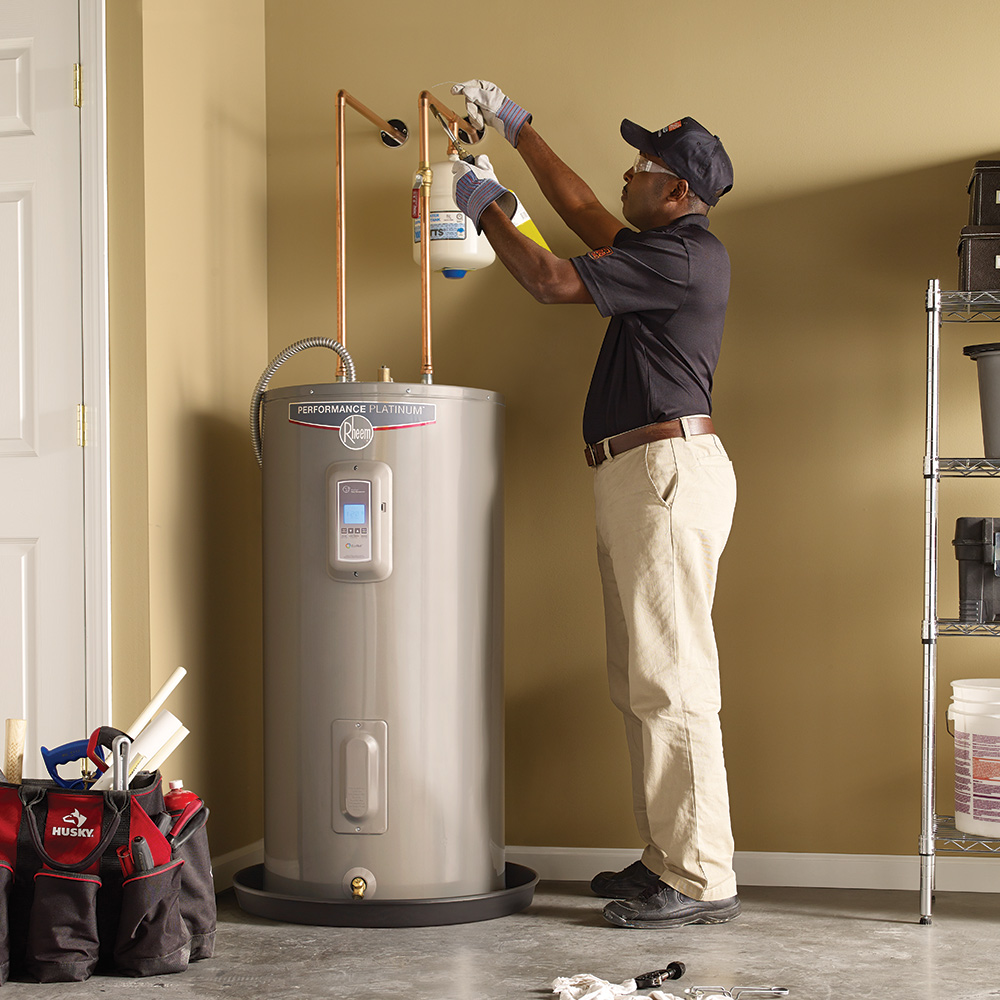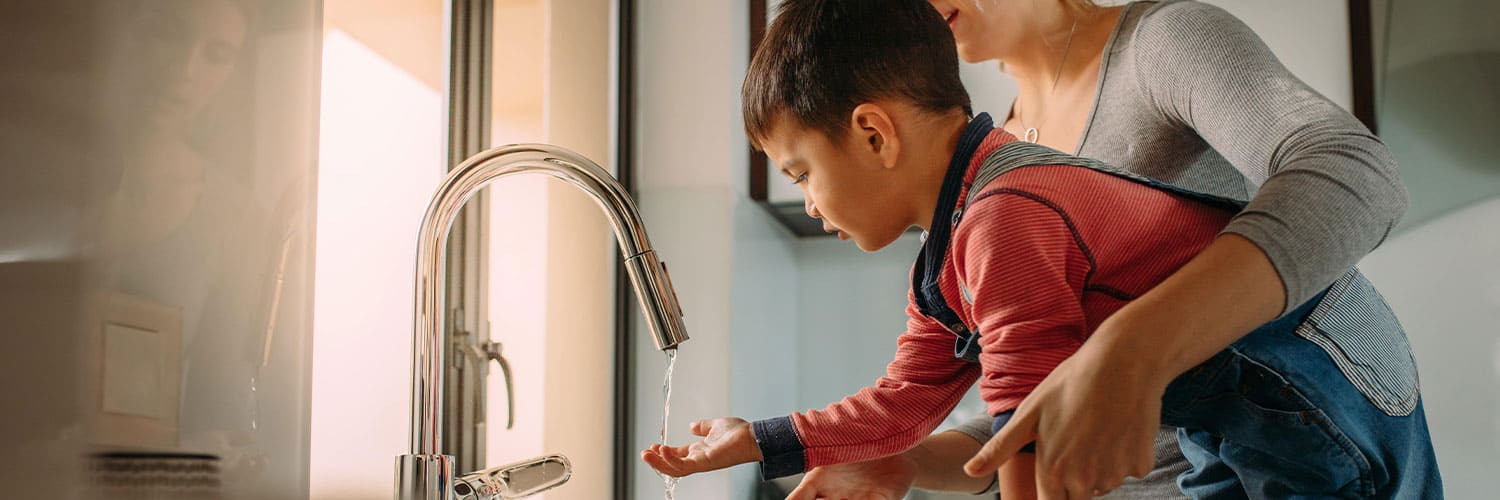We have uncovered this great article involving Tips on Maintaining a Water Heater directly below on the net and decided it made sense to talk about it with you on my blog.

Hot water is necessary for everyday convenience, whether it's for a rejuvenating shower or washing meals. To ensure your warm water system runs effectively and lasts longer, normal upkeep is essential. This article supplies practical pointers and insights on how to keep your home's hot water system to avoid disturbances and costly repair services.
Introduction
Keeping your home's hot water system might appear challenging, yet with a few simple steps, you can guarantee it operates efficiently for many years to come. This overview covers everything from comprehending your warm water system to do it yourself maintenance pointers and understanding when to call in expert help.
Value of Keeping Your Hot Water System
Routine maintenance not only expands the lifespan of your warm water system yet likewise guarantees it operates successfully. Neglecting upkeep can lead to reduced performance, higher power bills, and even early failure of the system.
Indications Your Warm Water System Requirements Upkeep
Knowing when your hot water system requires focus can avoid significant concerns. Look out for indications such as irregular water temperature, strange sounds from the heating system, or rusty water.
Comprehending Your Warm Water System
Before diving into upkeep jobs, it's useful to comprehend the fundamental parts of your hot water system. Normally, this consists of the water heater itself, pipes, anode rods, and temperature level controls.
Month-to-month Maintenance Tasks
Routine month-to-month checks can assist capture small issues before they intensify.
Purging the Hot Water Heater
Flushing your water heater eliminates debris build-up, boosting efficiency and extending its life.
Monitoring and Changing Anode Rods
Anode poles protect against corrosion inside the tank. Examining and changing them when broken is critical.
Inspecting and Adjusting Temperature Settings
Changing the temperature level setups makes sure optimum efficiency and safety and security.
DIY Tips for Maintenance
You can perform several maintenance tasks yourself to keep your hot water system in top condition.
Checking for Leaks
Frequently check pipelines and links for leakages, as these can cause water damages and greater expenses.
Evaluating Pressure Relief Valves
Evaluating the stress safety valve guarantees it operates appropriately and stops extreme stress accumulation.
Protecting Pipes
Insulating hot water pipelines minimizes warm loss and can save energy.
When to Call a Professional
While DIY maintenance is beneficial, some concerns call for specialist know-how.
Complex Issues Requiring Specialist Aid
Instances include significant leakages, electrical problems, or if your water heater is continually underperforming.
Regular Expert Maintenance Benefits
Specialist upkeep can include comprehensive inspections, tune-ups, and making sure compliance with safety and security criteria.
Verdict
Routine upkeep of your home's hot water system is vital for effectiveness, longevity, and cost savings. By adhering to these pointers and recognizing when to look for expert help, you can make certain a trusted supply of warm water without unforeseen interruptions.
How to Maintain an Instant Hot Water Heater
Before tinkering with your hot water heater, make sure that it’s not powered on. You also have to turn off the main circuit breaker and shut off the main gas line to prevent accidents. Also turn off the water valves connected to your unit to prevent water from flowing into and out of the appliance. 2. When you’re done, you have to detach the purge valves’ caps. These look like the letter “T†and are situated on either side of the water valves. Doing so will release any pressure that has accumulated inside the valves while at the same time avoid hot water from shooting out and burning your skin. 3. When the purge valves’ caps are removed, you have to connect your hosing lines to the valves. Your unit should have come with three hoses but if it didn’t, you can purchase these things from any hardware or home repair shops. You can also get them from retail stores that sell water heating systems. Read the user’s manual and follow it to complete this task properly. When the hosing lines are connected, open the purge port’s valves. 4. You should never use harsh chemical cleaners or solutions when cleaning your unit. Make use of white vinegar instead. It should be undiluted and you’ll probably use about 2 gallons. 5. Now flush your water heater. This task should probably take about 40 minutes. We can’t give you specific directions for this because the procedure is carried out depending on the type, model and brand of your heater. With that being said, refer to the user’s manual. 6. When you’re done draining the unit, you have to turn off the purge port valves again. Remove the hosing lines that you earlier installed on each of the water valves. Put the valve caps (purge port) back in their respective places and be very careful so as not to damage the rubber discs that are found inside these caps. 7. Now that everything’s back in place, check your user’s manual again to find out how to reactivate your water heating system. 8. Once it is working, turn one of your hot water faucets on just to let air pass through the heater’s water supply pipes. Leave the tap on until water flows smoothly out of it. https://www.orrplumbing.com/blog/2014/september/how-to-maintain-an-instant-hot-water-heater/

We hope you liked our topic on What Kind of Maintenance Do Water Heaters Need?. Thanks for taking a few minutes to read through our article post. Appreciated our blog posting? Please share it. Let someone else check it out. We value reading our article about What Kind of Maintenance Do Water Heaters Need?.
Click Here